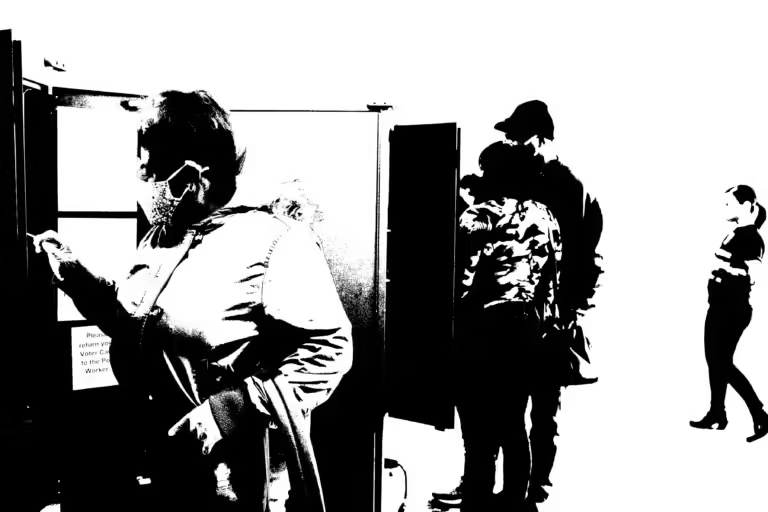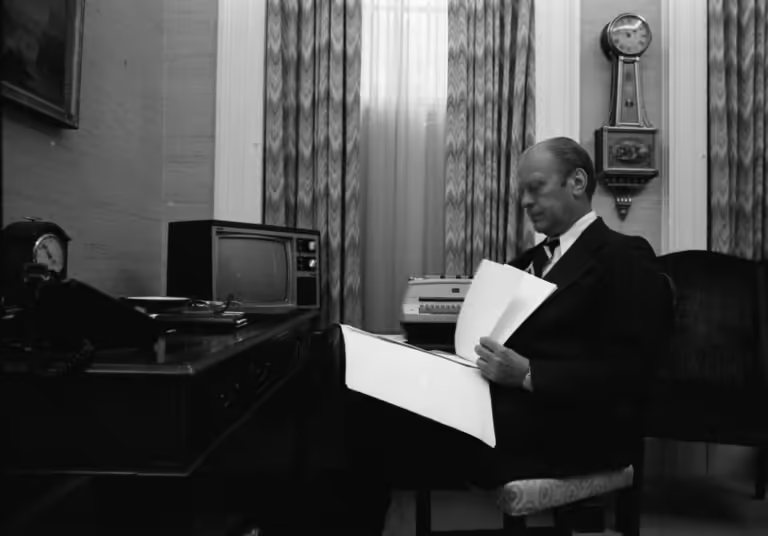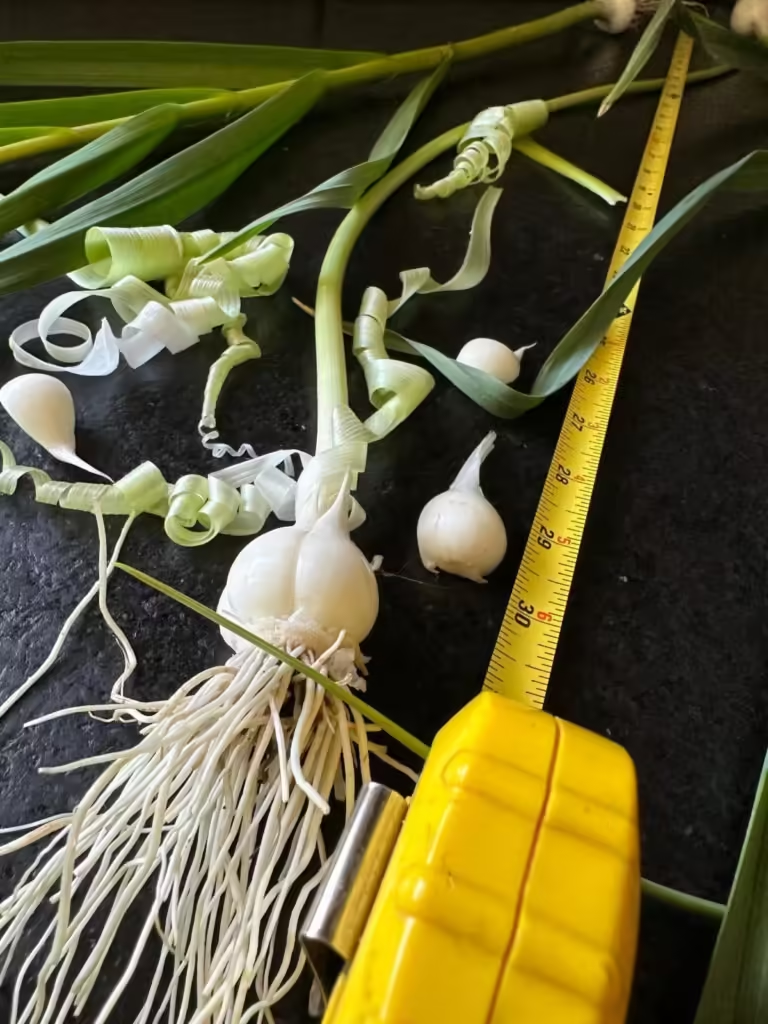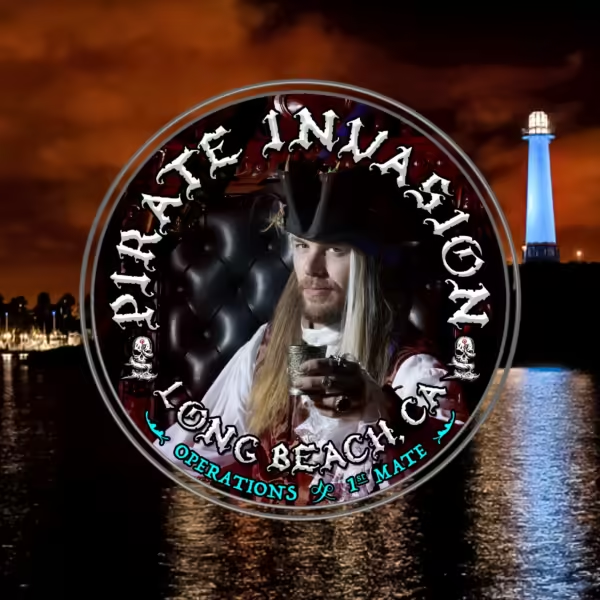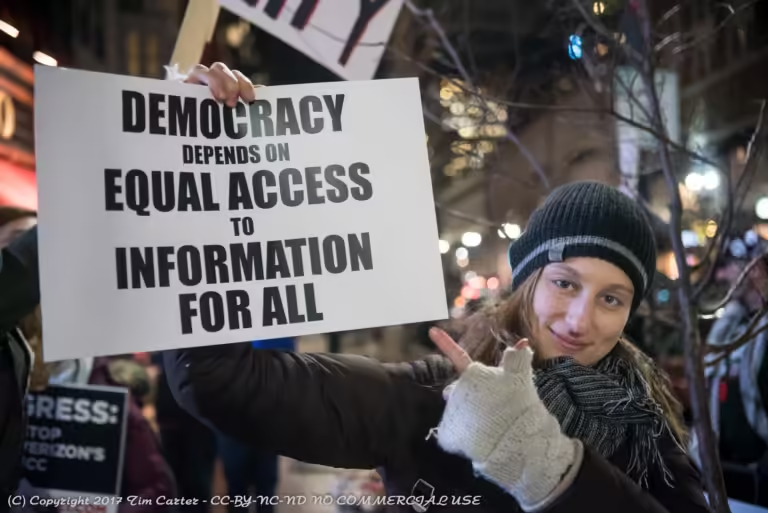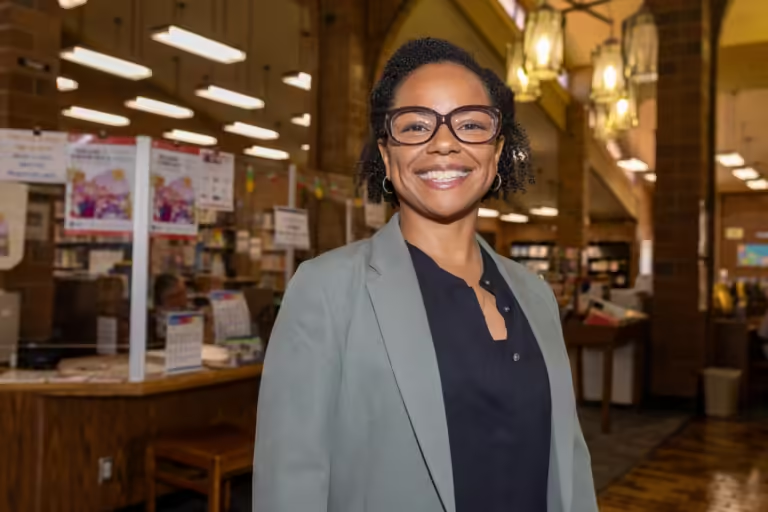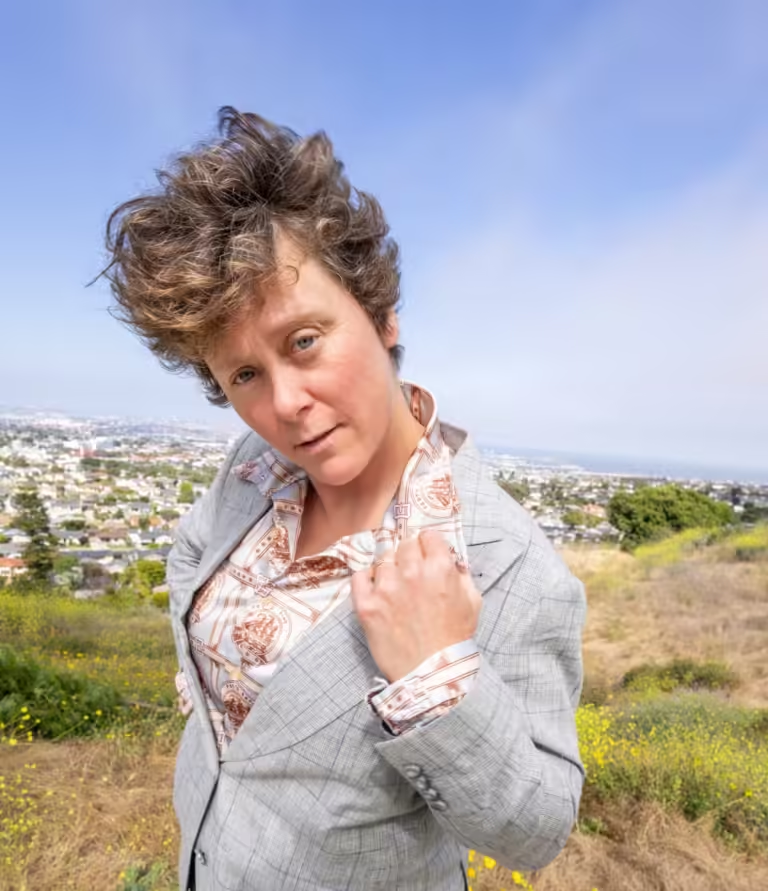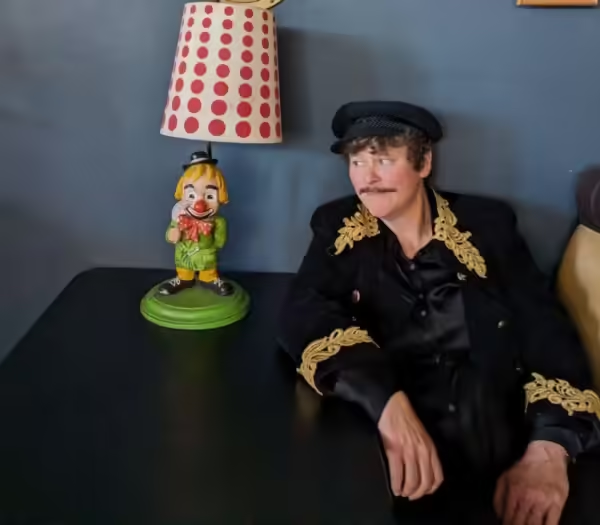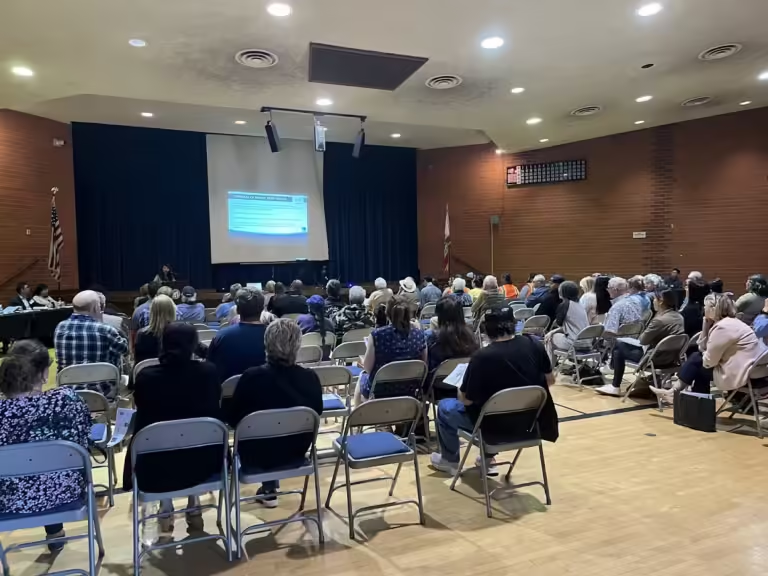“It’s hard to debate a liar,” President Biden said in an Atlanta Waffle House after Thursday’s debate. But everyone knew that going in, and nobody did anything about it. Biden had a cold that made his voice horse, intensifying his appearance of frailty, which was not on display when he gave his State of the Union speech. But that uncontrollable fluke wasn’t his core problem. He tried to respond to Trump’s torrent of lies with a smattering of facts, rather than focusing on his own narrative, articulating his accomplishments and vision.
“There’s a debate strategy often used by pseudoscience peddlers known as the Gish Gallop,” disinformation researcher Renee DiResta said on Bluesky. “The debater throws out a barrage of false claims, one after another, far too many for the opponent to ever actually refute them all. The opponent stalls as he tries to figure out what to respond to first.”
That was the debate in a nutshell. Behind the firehose of lies is a fantasy worldview — common among authoritarian leaders — in which Trump is the greatest leader ever, who alone can save the country, and whose opponent is the worst leader ever. This false worldview then infects every issue area. As Biden noted, a recent survey of 154 expert political scientists rated Trump as the worst US president ever. (Biden was rated #14, two slots higher than Reagan.)
To make his fantasy world real, the authoritarian leader must eliminate all sources of information that might contradict him, ultimately destroying people’s capacity to trust in their judgment. Thus they aren’t just lying about specifics, but gaslighting—destroying the capacity to know anything for certain.
Science, education, and journalism—all institutions that uncover and transmit reliable, checkable facts — are enemies of such leaders. But in our society’s currently corrupted state, these institutions are starting to fail. And CNN was a prime example.
“By saying nothing, these moderators are giving the impression to millions of voters that Trump’s lies are true,” og blogger and Salon columnist Heather Digby Parton wrote on Twitter. “They have just hosted the greatest disinformation program in political history.”
By allowing Trump to flood the airwaves with a flood of outrageous lies, CNN reprised its 2016 role as Trump’s most blatant “mainstream” ally. They let Trump completely avoid answering some questions — both on childcare and climate change—while failing to even ask others. They asked nothing about guns, or his authoritarian plans for a second term, except for Trump’s threat to prosecute his enemies. And this question they posed with kid gloves.
“Can you clarify exactly what it means about you feeling you have every right to go after your political opponents?” moderator Jack Tapper asked, not, “What the hell are you talking about, that’s what dictators do?”
Trump responded, “I said my retribution is going to be successful. We’re going to make this country successful again.” But he’s also routinely said a wide range of people should be prosecuted for completely unspecified crimes. Not only did the moderators fail to press him on this, they let him imply as much again just a few seconds later, when he said, “Joe could be a convicted felon with all of the things that he’s done. He’s done horrible things.”
To go beyond simply saying it was a disinformation catastrophe, here are a few of Trump’s most outrageous lies, reflecting his black-is-white worldview:
On abortion, Trump told two shocking lies. First, he said that Democrats “will take the life of a child…even after birth,” an outrageous lie. While Democrats do support late-term abortions, these are rare and only happen because of unforeseen threats to life and health. Women who get them desperately want to have children.
Second, Trump claimed that everybody wanted Roe overturned, from the moment it was passed: “Everybody wanted to get it back to the states, everybody, without exception, Democrats, Republicans, liberals, conservatives. Everybody wanted it back.” In fact, 60 to 65% of Americans opposed the Dobbs decision overturning Roe.
On immigration, Trump repeated claims about “Biden migrant crime,” saying “They’re killing our citizens at a level that we’ve never seen before.” In fact, violent crime fell significantly last year, and is falling further so far this year while illegal immigrants have significantly lower crime rates than native-born Americans or legal immigrants. In short, “Biden migrant crime,” is simply a made-up bogeyman, but it’s a cornerstone of Trump’s campaign.
On the economy, Trump made another false cornerstone claim: “We had the greatest economy in the history of our country,” presumably meaning before COVID-19 struck. But quarterly GDP growth had only averaged 2.64% under Trump through then, compared to 4.56% during Clinton’s second term and 4.95% during LBJ’s full term. He hadn’t had a single-quarter of economic growth as high as either Democrat’s average.
On taxes, Trump falsely claimed Biden “wants to raise your taxes by four times.” In reality, Biden wants to let some of Trump’s high-income and corporate tax cuts expire. He wants no change for taxpayers under $450,000.
On inflation, Trump said food prices have “doubled and tripled and quadrupled,” when the actual inflation rate has been 20% — less than in other peer countries.
On Social Security, Trump falsely claimed Biden’s “destroying it because millions of people are pouring into our country and they are putting them onto Social Security.” In reality, undocumented immigrants pay into Social Security but aren’t eligible to receive benefits. Thus, they actually help make it more solvent.
When asked a second time if he would accept the election results, “regardless of who wins,” he gave the same yes-means-no answer he gave the last time: “If it’s a fair and legal and good election — absolutely. I would have much rather accepted these but the fraud and everything else was ridiculous.”
What he’s doing there is again denying that he lost the 2020 election, even though no such claims of fraud ever stood up in court, or in GOP-run recounts, and Fox News alone lost over $700 million for spreading related lies.
Relatedly, on the January 6 insurrection, he said it was “a relatively small number of people that went to the Capitol. And in many cases were ushered in by the police,” when it was actually the most violent attack on the Capitol since the War of 1812. He also claimed it was Nancy Pelosi’s responsibility, “not mine,” and that she said so herself. “She said that loud and clear.” However, the House speaker has no authority over outside police or the National Guard.
In Trump’s world, he’s always perfect — or at least the best — and everyone else is to blame. This is the secret decoder ring to understand all of his lies in terms of what they’re trying to accomplish. This is part of the authoritarian playbook, and the failure of both Biden and his team and CNN to realize this and act accordingly going into this debate has put our democracy into enormous peril.
“Every world leader who is watching this debate has their head in their hands, in disbelief,” sociologist Jack Goldstone, a leading expert on revolutions, wrote on Twitter. “How can a debate over who will lead the most powerful country in the world be so childish, so foolish, so incoherent?”
The broader media system has only deepened that peril in the debate’s aftermath with conventional fact-checking that blurs the difference between occasional overbroad, exaggerated, or questionable statements made by Biden and the relentless systematic bald-faced mendacity of Trump. Treating them differently would be “biased,” according to their absurdist standards, which simply fail to recognize that they are fundamentally different. One is trying to live by the rules that the other is trying to destroy — the rules of reason and democracy. And this time, the destroyer clearly came out on top.




